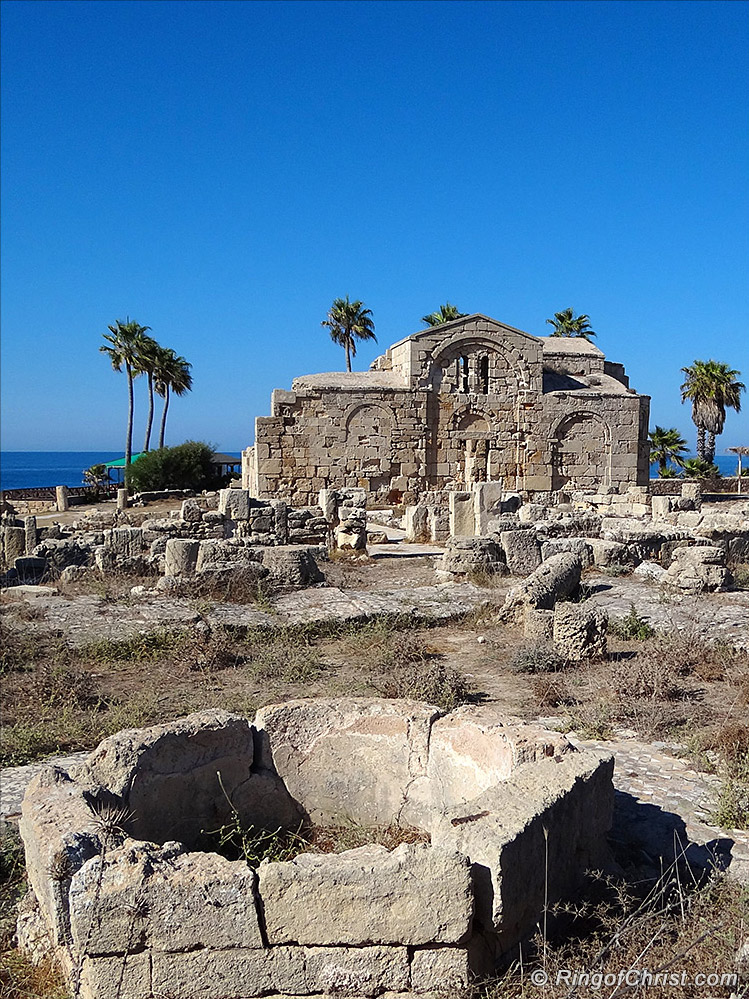
The first great basilicas of Cyprus were begun after Theodosius I in 380AD mandated the Christian religion to be the faith of the Roman Empire. Up unto that time, Christians met in small out-of-the-way places around the island, sometimes in underground churches, sometimes in homes, or even in caves.
From the 4th Century onward, under the protection and endorsement of the Empire, Christianity triumphed, and what better way to show the power and prestige of Christianity than to build magnificent churches.
Most of the first basilicas of Cyprus of the late 4th and early 5th centuries were built on earlier christian church houses, pagan temples, or on or adjacent to synagogues. The style was the same as those found in the Levant and Anatolia which had a rectangular wooden-roof structure with two aisles and three apses at the eastern end. This style lasted about 300 years.
It would not be until the mid 10th Century that magnificent structures with at least five aisles and multiple stone domes became the norm. These structures did not last well, however strong they appeared, in the seismic region of the Eastern Mediterranean where three tectonic plates meet in the sea just south of the Cyprus. In Paphos, a small Byzantine Church is in use, but in Kourion, Salamis, Pilon, and Soli only what remains of the the mosaic floors give evidence of the magnificence of these structures.

This magnificent basilica was built next to the synagogue where St Paul was whipped.

At one point, this was the largest and most magnificent basilica in Cyprus

Built on the site of an ancient temple, this basilica boasts spectacular views of the coast.

Constructed on the site of an ancient House Church, where St Mark baptized Auxibius.

This basilica/monastery is built on an ancient Phoenician site, next to a Roman harbor.



